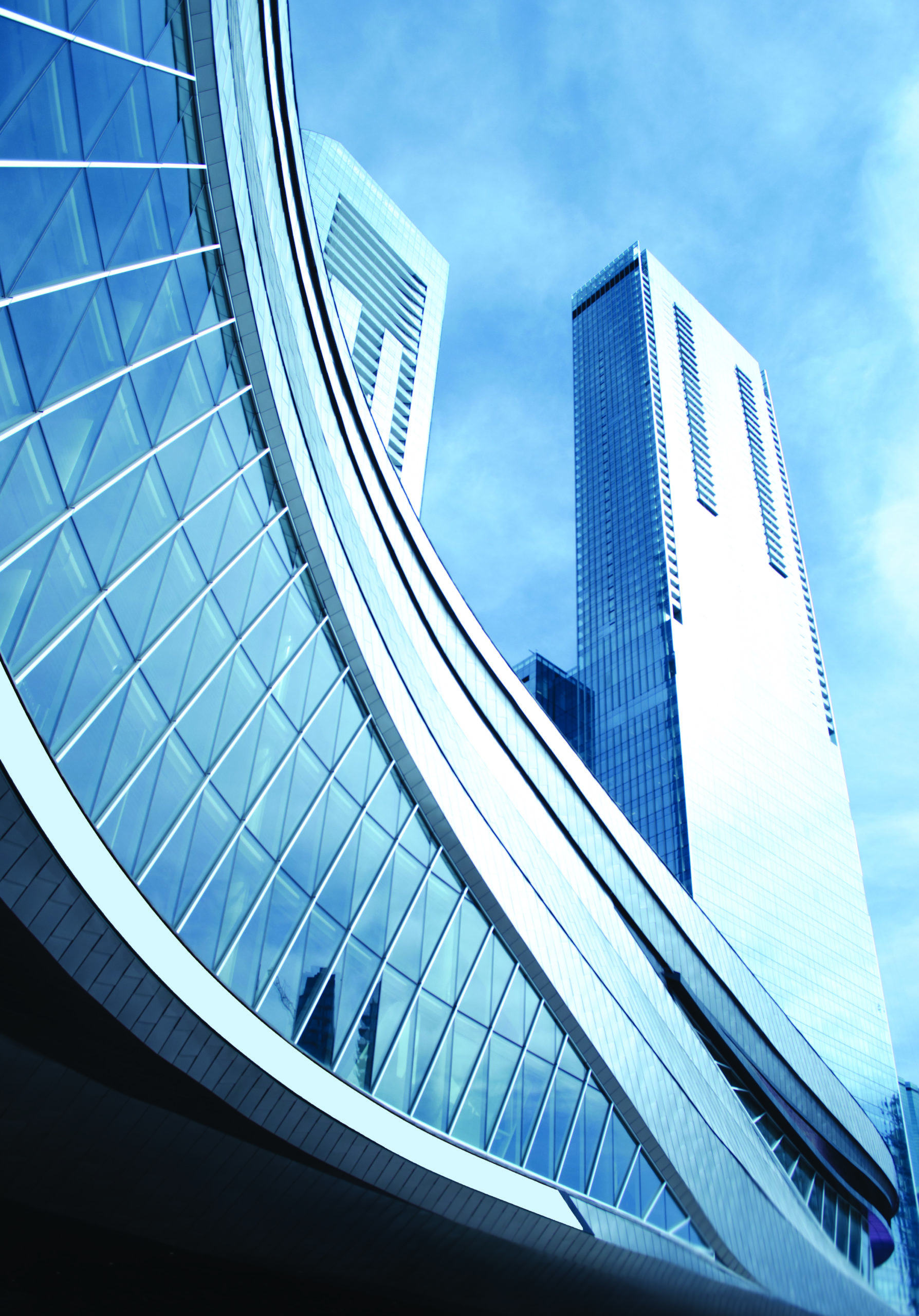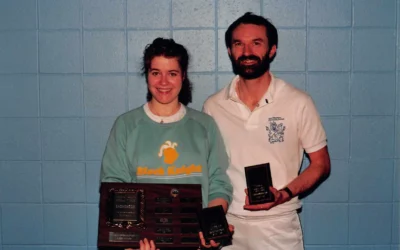Three years after its opening, it seems the dust has settled around Rogers Place. It has not taken long for the arena to establish itself as an integral part of the downtown scene — in spite of the constant construction around it. Droves of people now stream in and out of the doors on a semi-daily basis, since there are several events held there on any given week, all of which are guaranteed to draw a crowd of one fandom or another, and the selection of built-in amenities has been concocted specifically to provide for all of one’s needs over the course of a night out.
One can see Iron Maiden for around $114, WWE: Live for $138, Luke Combs for $154, or an Oilers game for $70 ($200 if it’s the playoffs), according to the Rogers Place website. Real Oilers fans can get season tickets for around $3,000, and REAL Oilers fans can reserve a “Loge Ledge” seat for $15,750, or a four-seat theatre box for a mere $87,750 per season. If one is looking to throw a party on a game night, private, 12-person suites are available for $9,460 per night, and 52-person “Sky Lounge Lofts” for $16,175 per night. Besides the merchandise stands set up for concerts and other events, there are five permanent retail spots for Oilers gear, at which one can buy $280 jerseys, $44 hats, $94 hoodies, $70 miniature Stanley Cup replicas, or a $1,190 hockey stick autographed by Connor McDavid. As far as food and drink goes, the arena has anything one might expect and more. There are two restaurants attached to the arena: Studio 99, which costs $59 to $93, and Curve, which costs $61 to $120, says tripadvisor. At the concession stands, there are $7 fountain pops, $11.50 beers, $14 hot dogs, $20 burgers, $5 bottles of water, and $4.50 chocolate bars, as can be seen in a photo posted to Twitter by @Breanna_KS. Any leftover disposable income can be gambled away at the luxurious Grand Villa Casino, or spent at one of the several restaurants inside, for anywhere between $50 and $150. Also available at the casino are boardrooms for $50 per hour (which can be catered for $55 per person), according to the casino’s website.
One can do all this with barely a thought of the tense debates that went on for years during the planning of the $604 million building. This is not to say that all the issues have been resolved.
Proponents of the arena argued that such a high-profile and expensive project would attract other developers to the area, leading to any number of new projects that would all contribute to the ultimate goal of “downtown revitalization.” So far, this projection has undeniably come to be. In fact, with Stantec Tower now being the tallest building in Edmonton, evidence of new development is visible from anywhere in the city.
“I think downtown was doing well before, but I think (Rogers Place) has sped it up even more,” says City Councillor Ben Henderson. “We’ve seen three towers now opened that are directly related… and a number of other residential towers that are arguably connected.”
The three directly related projects are Stantec Tower, which offers condos starting at $363,900, the Edmonton Tower which leases AAA-grade office spaces, and the tower that houses both the Legends Private Residence which sells condos starting at $300,000 and the JW Marriott Hotel which has rooms starting at $309 per night, according to the ICE District website. The Downtown Business Association estimates that another $1.5 billion worth of projects in the area will be completed by 2020. But these developments come with their own set of problems.
“There’s less public space in the downtown core — less places for our folks to go,” says Elliott Tanti, communications and public affairs manager for Boyle Street Community Services. “We’re seeing more people either pushed out to other areas of the city or with more need to find sanctuary in our building.”
Boyle Street, an organization that helps people struggling with homelessness, had a lengthy list of concerns leading up to the construction of the arena, including loss of public space, lack of communication and consultation, and the notable scarcity of benefits for the community in the Community Benefits Agreement signed by the City. Tanti notes that at least some of these concerns have been addressed.
“There has actually been a lot of improved communication. We’ve expressed concerns to each other when they arose,” he says, referring to the Katz Group, the company that owns the Oilers and operates the arena. They’ve also “entered into numerous different partnerships,” with the most recent one being the transformation of a courtyard — owned by the Katz Group but leased to Boyle Street for $1 — into a nice outdoor space for drop-in clients of Boyle Street to sit outside.

Still, the development risks leaving many in the margins, and not only the people struggling with homelessness who are reliant on public space. According to the 2016 Municipal Census (the most recent year available on the City of Edmonton Website), downtown and the adjacent neighbourhoods of Boyle Street, McCauley, McDougal, and Queen Mary Park had the highest concentration of low income residents in the city. Compounding this issue is the fact that downtown has one of the highest median rental rates in the city, according to a 2019 report by the Canadian Centre for Policy Alternatives (CCPA). The report says someone living in downtown would need to be making $30.30 per hour, or working 81 hours per week at minimum wage to be able to afford a modest two-bedroom apartment — considerably more than the city-wide average of $24.67 per hour.
The relatively high number of low-income residents downtown are not likely to be able to access many of the pricey offerings of ICE District, and the high rents in the area have not been alleviated by any of the new residential projects so far. So while the development of downtown is, again, undeniable, the question is still open as to how the benefits of this will be distributed.
“We’ve seen a major investment from developers in building nice fancy buildings in the downtown core,” says Tanti, “and now we think it’s time that the city do the same and help the crumbling infrastructure of the inner city that serves marginalized populations.”
“We’re seeing more people either pushed out to other areas of the city or with more need to find sanctuary in our building.” — Elliott Tanti, communications and public affairs manager,
Boyle Street Community Services
When the Edmonton City Council approved the partial use of public funds to build the arena, part of its justification was that all the surrounding developments would increase the tax base, ultimately resulting in the City having more money to spend elsewhere. This projection has come to fruition as well, says Councillor Henderson.
“Some of the work on Churchill Square is coming out of that,” he says, “and the big new trunk sewer that we’ve put through on 105 Street which has just been finished.”
But one project that Henderson says “has not happened in the way that (he) hoped and wanted it to,” is affordable housing.
“There’s a number of projects underway that will hopefully take off soon. We want to get at least 600 units of supportive housing built in the next few years,” he says, but also adds that “the City has never had deep enough pockets to do it by itself,” and that it is dependent on funding from the other branches of government for projects of that size.
Tanti and Henderson both lament that there was no mention of affordable housing in the Community Benefits Agreement back in 2016, which Tanti calls a “hugely missed opportunity,” and though in January of this year the City set a goal to make 16 per cent of housing affordable city-wide, it is unclear as to when the council hopes to meet this goal. Tanti also says Boyle Street’s community centre building has been in need of major renovations for a while, and is currently “not fit for purpose.”
“We are partners and we are part of downtown,” he says. “I think it’s now time that some of that investment come to us because the people that we serve deserve better.”
One thing is certain regarding downtown: the revitalization is going to continue to happen, and very nice-looking buildings will be popping up in the area for years to come. What’s less certain is who will be left out in the cold.





0 Comments